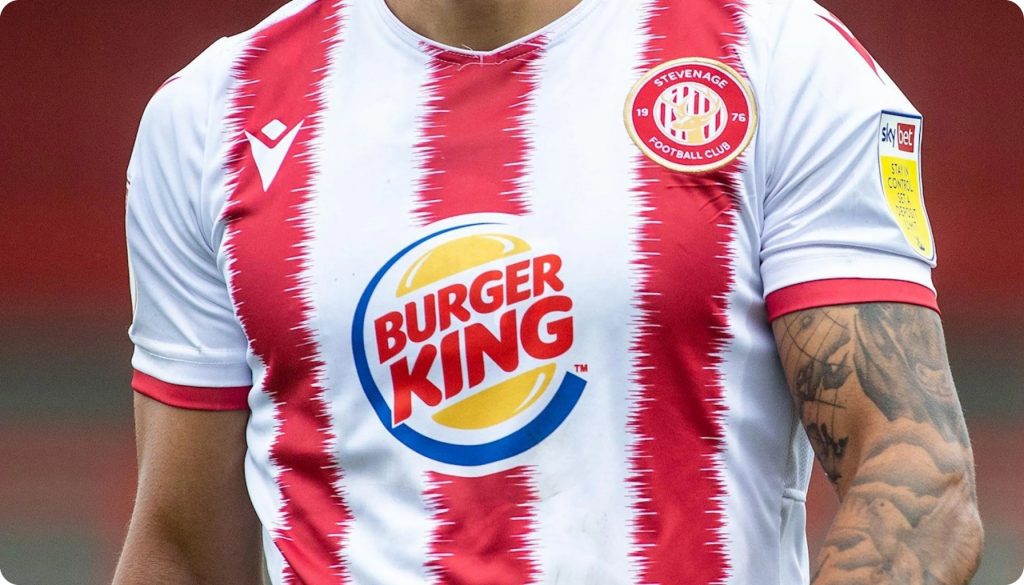
- Digital is king: 61% of the budget
- Sponsorship: classic vs digital model
- Results: creativity drives engagement
To close a sponsorship, it’s necessary to design a proposal that fits the company’s marketing strategy.
The product we sell is not the sports property itself, but the results the project delivers.
And to understand what results companies are looking for, we first need to understand their challenges.
The marketing budget reveals what is truly a priority.
As the saying goes: “Tell me where you spend your money, and I’ll tell you what you value.”
According to the 2025 Gartner CMO Spend Survey —with over 400 marketing leaders from North America, the UK, and Europe—, the budget distribution is as follows:
- 61% Digital Channels
- 39% Offline Channels, including events (19%), sponsorships (17%), and traditional TV (16%)
This means that 7% of the marketing budget is allocated to sponsorships. In other words: of every €100 invested in marketing, €7 goes to sponsorships.
On average, 7.7% of a company’s revenue is allocated to the marketing budget.
Let’s imagine a mid-sized consumer goods company with annual revenue of €2 billion:
- Revenue: €2,000,000,000
- Marketing Budget (7.7%): €154,000,000
- Digital Marketing (61%): €93,940,000
- Sponsorships (17%): €10,210,200
If the company allocates 1/3 to fees and 2/3 to activations, €3.4 million would remain annually for fees.
Once we understand how budgets work, the next question is: how do you capture a part of it?
Classic Model
Combines traditional pillars such as brand visibility, activations (promotions and experiences), relationship (tickets, hospitality), and intellectual property (image rights).
Potential budget: 17% of total marketing.
Digital Model
Goes beyond traditional sponsorships. Provides a platform to connect with an engaged community, loyal to specific values and culture. Allows the brand to achieve relevance and frequency.
Potential budget: 78% of total marketing (17% sponsorship + 61% digital)
This does not mean putting the brand in a few Instagram posts. What brands want is to be part of conversations and the daily life of the community in a natural, relevant, and constant way.
It’s not just about advertising—it’s about building relationships. In digital, companies can do this via paid media or by leveraging the digital audience of clubs and athletes.
Brands like Duolingo and Ryanair are excellent examples of companies that built active and engaged communities, each true to its tone and personality.
In 2019, Stevenage FC and Burger King created a brilliant case: with a sponsorship of only £50,000, they put the brand on the jersey and created a digital campaign integrated with the FIFA video game.
The result?
- 25,000 users created content
- 1.2 billion impressions
- USD 2,5M in earned media
A true masterclass in creativity and return.
Every company is unique.
The key is to design flexible proposals that align investment with the results that truly matter to the business.
Receive my weekly post